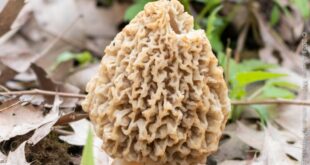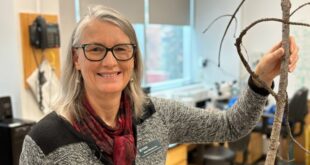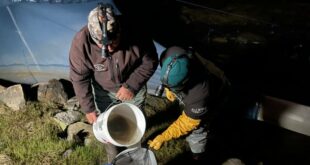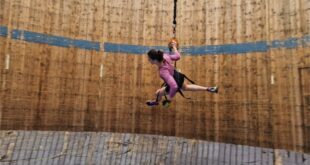Students know misinformation is a real issue and want strategies, says myth-debunker Timothy Caulfield.

Whether it’s young kids watching YouTube videos, older ones logging on for games or teens scrolling TikTok, students today encounter all manner of content online and often simply accept it as truth, according to 13-year-old Ainara Alleyne.
“I don’t think [younger kids] really know the difference between misinformation, disinformation and true news … These are just things that people are saying. You don’t really know that people can have hidden agendas or misinterpret different things,” noted the Hamilton-based Grade 8 student.
It’s part of why the teen has joined one of a growing wave of initiatives hoping to boost students’ digital literacy and critical thinking skills, so they can better distinguish what’s what amid the storm of facts and misinformation flying around the chaotic online spaces they’re navigating.
“As younger people we’re so used to using social media, things like Instagram and Snapchat and TikTok, and it’s so easy to spread misinformation on those apps — and even disinformation, where someone purposefully wants to spread information that’s wrong,” said 17-year-old high school senior Arjun Ram.
“It’s super important that kids today understand and can decipher what’s real and what’s not.”
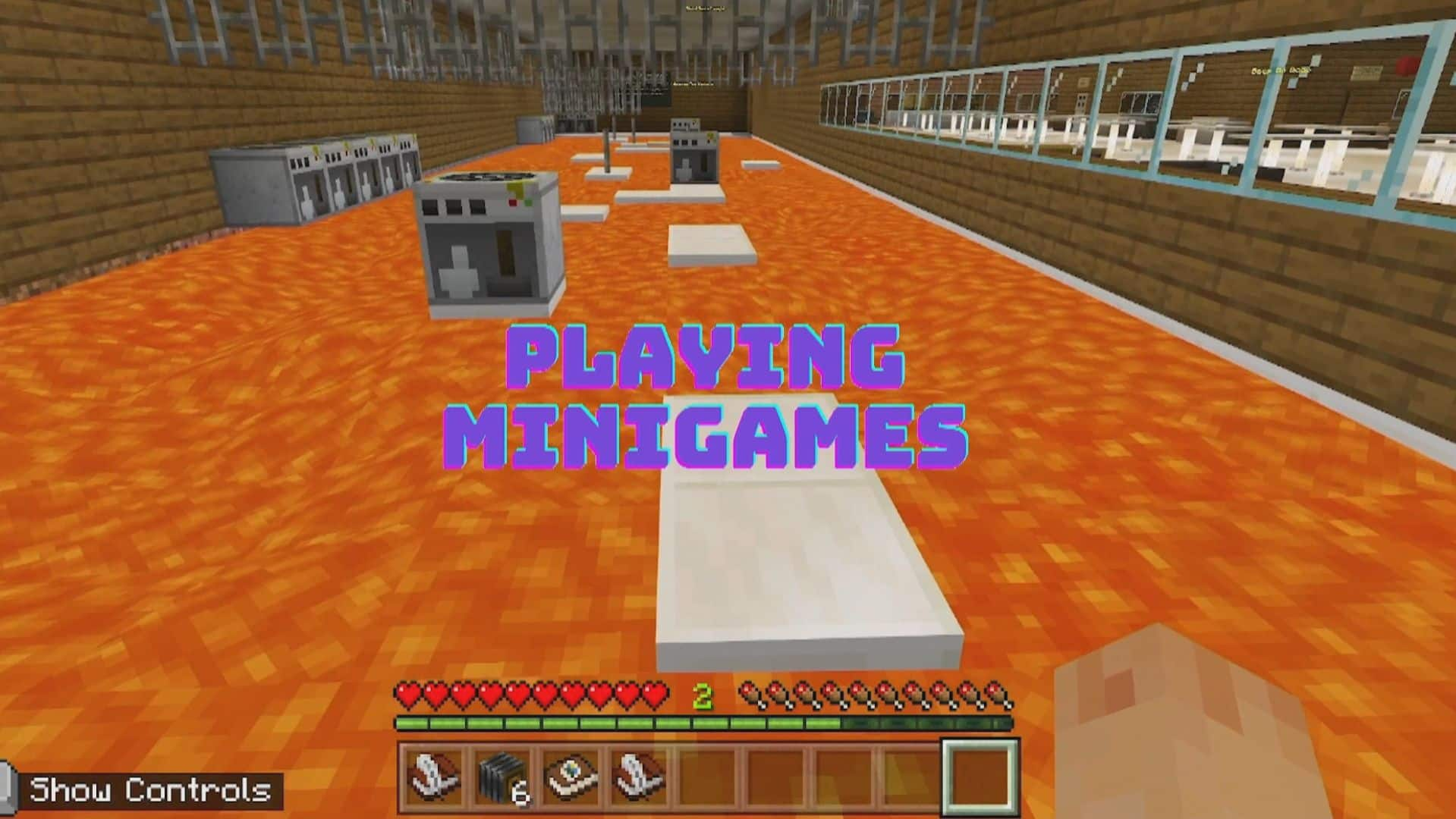
This video game makes kids savvier online
CBC News Kids has created a video game that’s not just for fun, but is designed to help kids navigate and distinguish misinformation online.
Alleyne and Ram are part of Reporting 101: Misinformation, a new CBC Kids News initiative designed to teach students in Grade 4 through 8 about separating fact from fiction, via the ultra-popular, blocky, 3D-gaming world of Minecraft. Launched this past week, the new world taps players as budding journalists investigating a story tip: summer vacation has been cancelled. Players must find and speak with different sources, verify gathered information, determine the truth and write an article from their research.
“This game will help kids understand that you should care and that it’s important to track down where your information stems from, and it’s important to decipher whether that’s true or not,” Ram said.
Embedding this kind of learning inside a space where young people love spending time is an approach that gets a thumbs up from Kara Brisson-Boivin, director of research at MediaSmarts, a Canadian non-profit organization focused on digital and media literacy.
“It’s building in those educational moments and opportunities within their game play,” she said from Windsor, Ont.
“They’re going to embrace those educational opportunities all the more, because it’s already within the spaces and the online activities that they’re engaged in.”
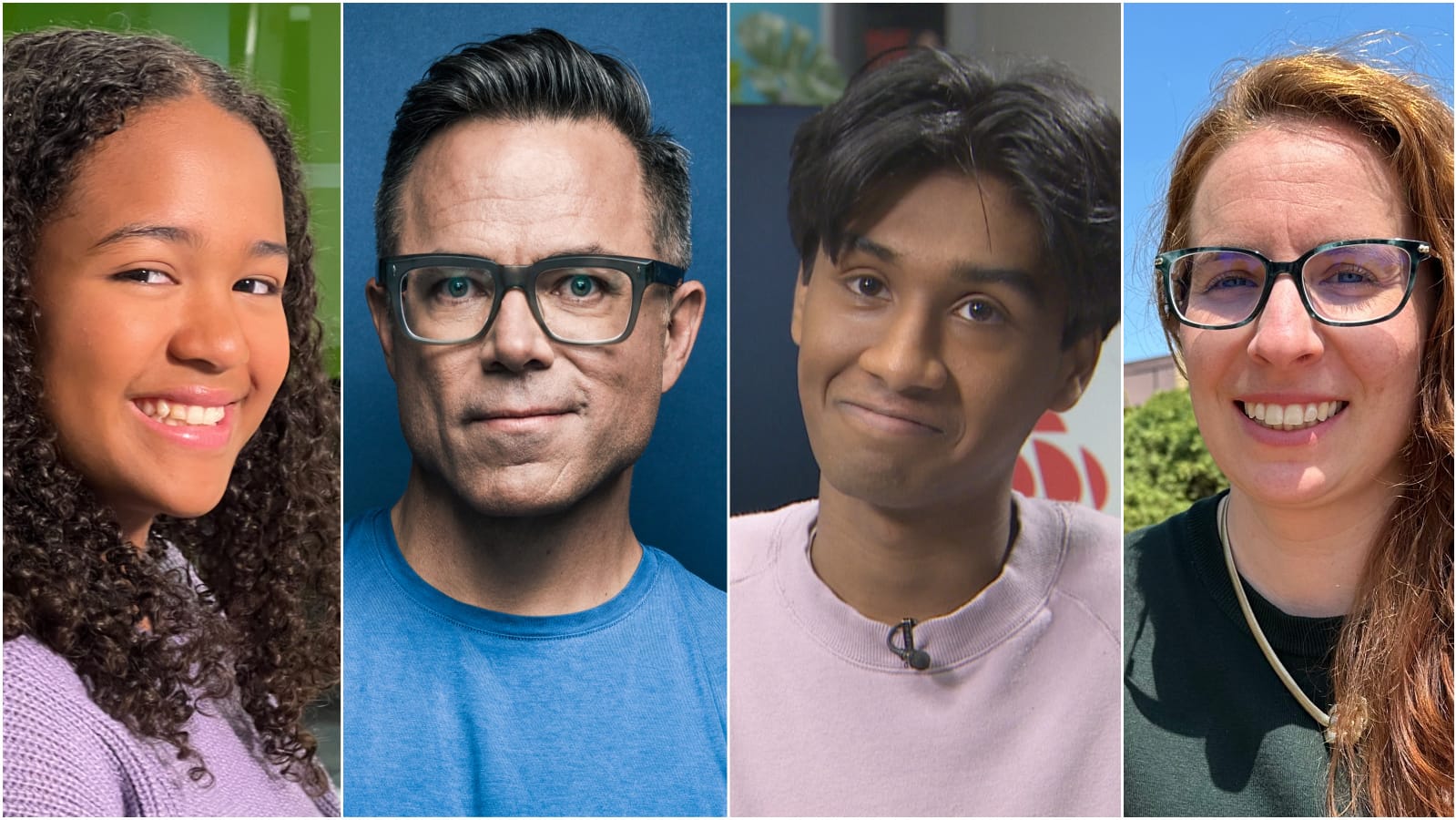
Tips for wading through misinformation online
What should students keep in mind when they’re scrolling through their online feeds? Researchers Timothy Caulfield and Kara Brisson-Boivin along with CBC Kids News journalists Ainara Alleyne and Arjun Ram share some tips.
For more than 20 years, MediaSmarts has been running a comprehensive research study into young Canadians’ attitudes and behaviours on digital technology and the internet. One recent report specifically explored older teen and young adult perceptions and concerns about misinformation and disinformation in online platforms and communities.
Though respondents reported enjoying the interactive vibe and immersive feeling of their favourite spaces, they also revealed how often they’ve come across misinformation and disinformation. They’re aware of how this kind of content connects with online hate — misogyny, racism, homophobia and more, Brisson-Boivin noted — and young people want to see more transparency, effort and action from decision-makers to combat it, within the platform itself.
“Young people want to be in this space. They like the vibe. They don’t want to have to completely leave it,” she explained, noting the challenge of pausing or withdrawing to fact-check information in another space or external source.
Brisson-Boivin believes building up digital literacy knowledge from an early age is another important approach to fighting misinformation, whether students are researching for school or scrolling for entertainment.
“Introducing this at as early an age possible is absolutely critical. I have a six year old [and] we talk quite frequently about the kinds of content we’re seeing online: what is real and what is imagined, how we can know these things,” she explained, noting a recent conversation sparked when they encountered an amazing “upside-down waterfall” video.
Some quick internet research conducted together determined it wasn’t real, but cleverly crafted footage.
“There are lessons and opportunities as a family or as a household where you can embrace this with really young children,” Brisson-Boivin said, adding that as students mature into teens and adults, additional approaches can be introduced, for instance finding the original source, authenticating information via reputable outlets, employing fact-checking tools, sites and experts, and so forth.
“It is something that we all need to continually be learning and practicing and developing.”
Students ‘hungry for this information’
Notable myth-debunker Timothy Caulfield agrees, saying that it can even be as simple as taking a few seconds to think or reflect on something you see online. “If you get people to take that beat, they’re more likely to adopt a critical thinking perspective, less likely to believe misinformation, less likely to share misinformation,” said the University of Alberta professor and Canada Research Chair in Health Law and Policy.
“A lot of it happens in the moment with the extreme headline, that funny meme. But if you just get people to reflect and think about accuracy … that action alone can make a difference.”
The bestselling author and popular public speaker thinks teaching younger kids to “put on their thinking cap and really kind of investigate” must transition into introducing teens and young adults to more complex approaches exploring “the nature of the evidence being used” to make arguments.
“I’ve had the opportunity to talk to kids of all ages and they’re hungry for this information. They recognize that this is an issue: they’re not naive. They know that the spread of misinformation is a real issue. So they want strategies,” he said in Edmonton.
Rather than turning students into “hyper-skeptics,” he likens teaching students critical thinking to teaching them to think like a scientist: applying reason and looking at a body of evidence. He refutes those who believe that this skills-building is about brainwashing anyone. “We’re not talking about the content here. We’re talking about giving people skills — neutral skills — that will allow them to go out and assess the information environment.”
Caulfield feels misinformation is “one of the defining issues of our time” and among the greatest challenges we currently face.
“It’s a generational challenge, so that means we really need to teach our youth, the children, how to spot and counter misinformation. And this means giving them the skills that will endure over time.”
With files from Deana Sumanac-Johnson and Nazima Walji
*****
Credit belongs to : www.cbc.ca
 Atin Ito First Filipino Community Newspaper in Ontario
Atin Ito First Filipino Community Newspaper in Ontario

